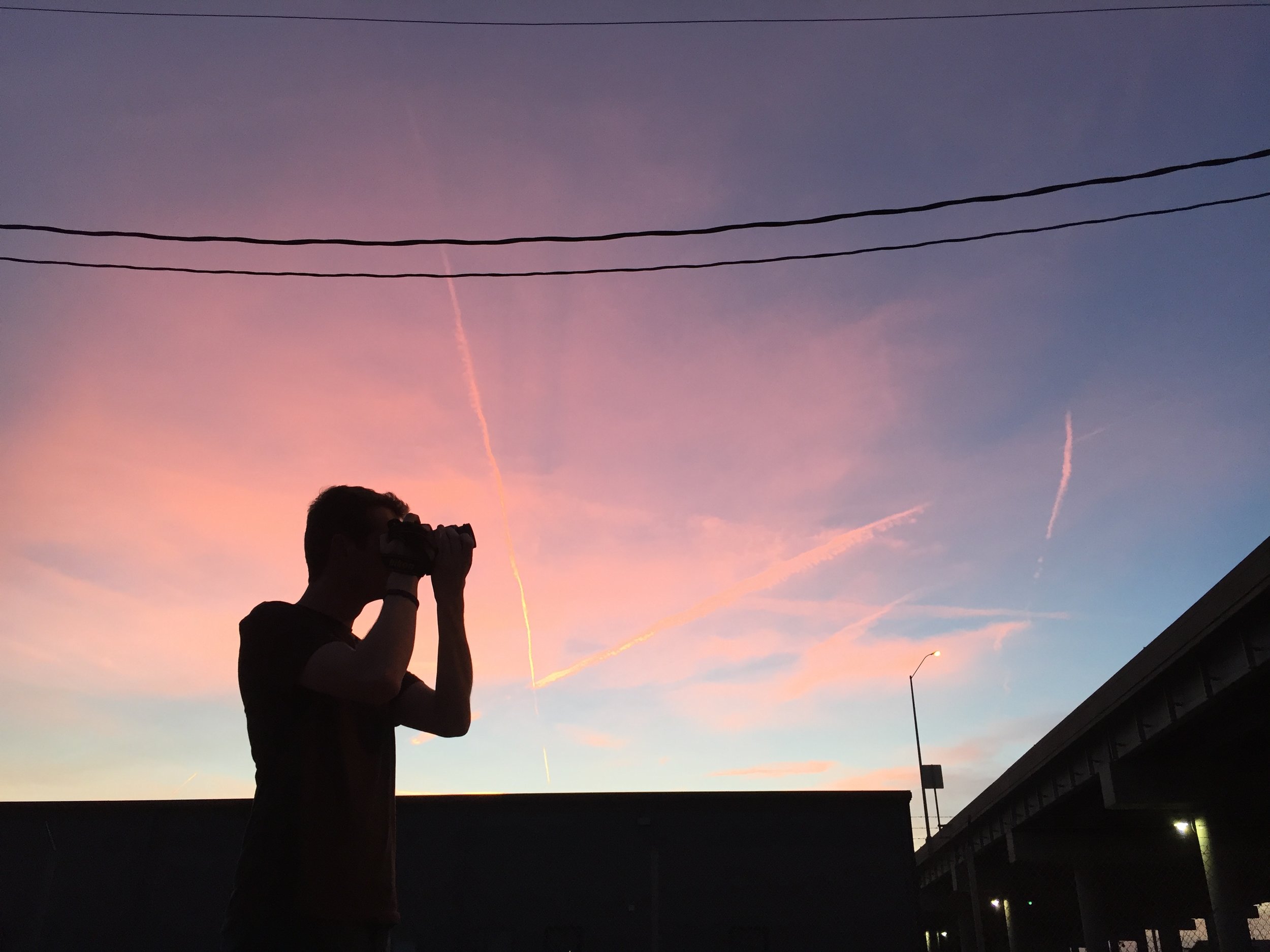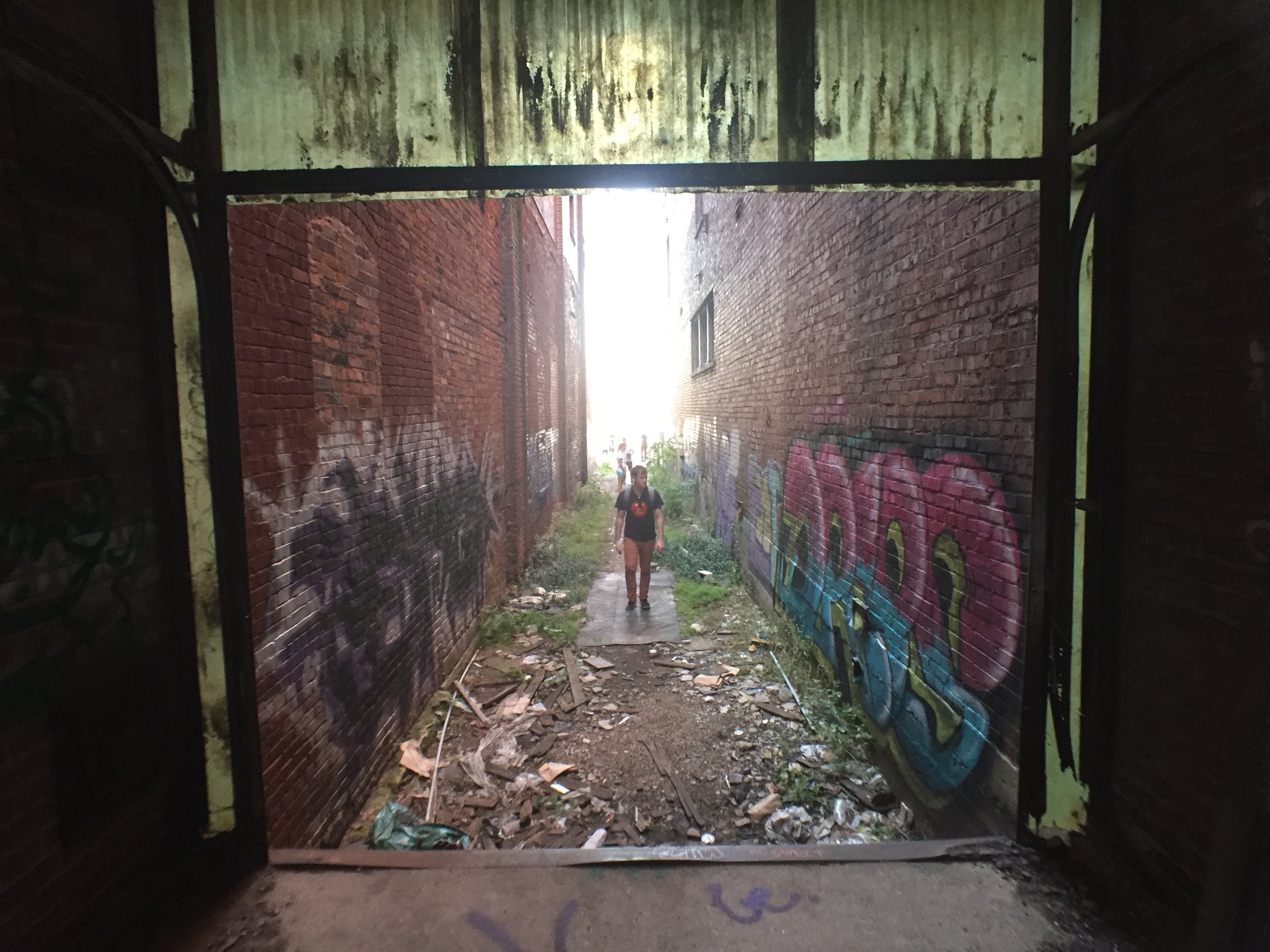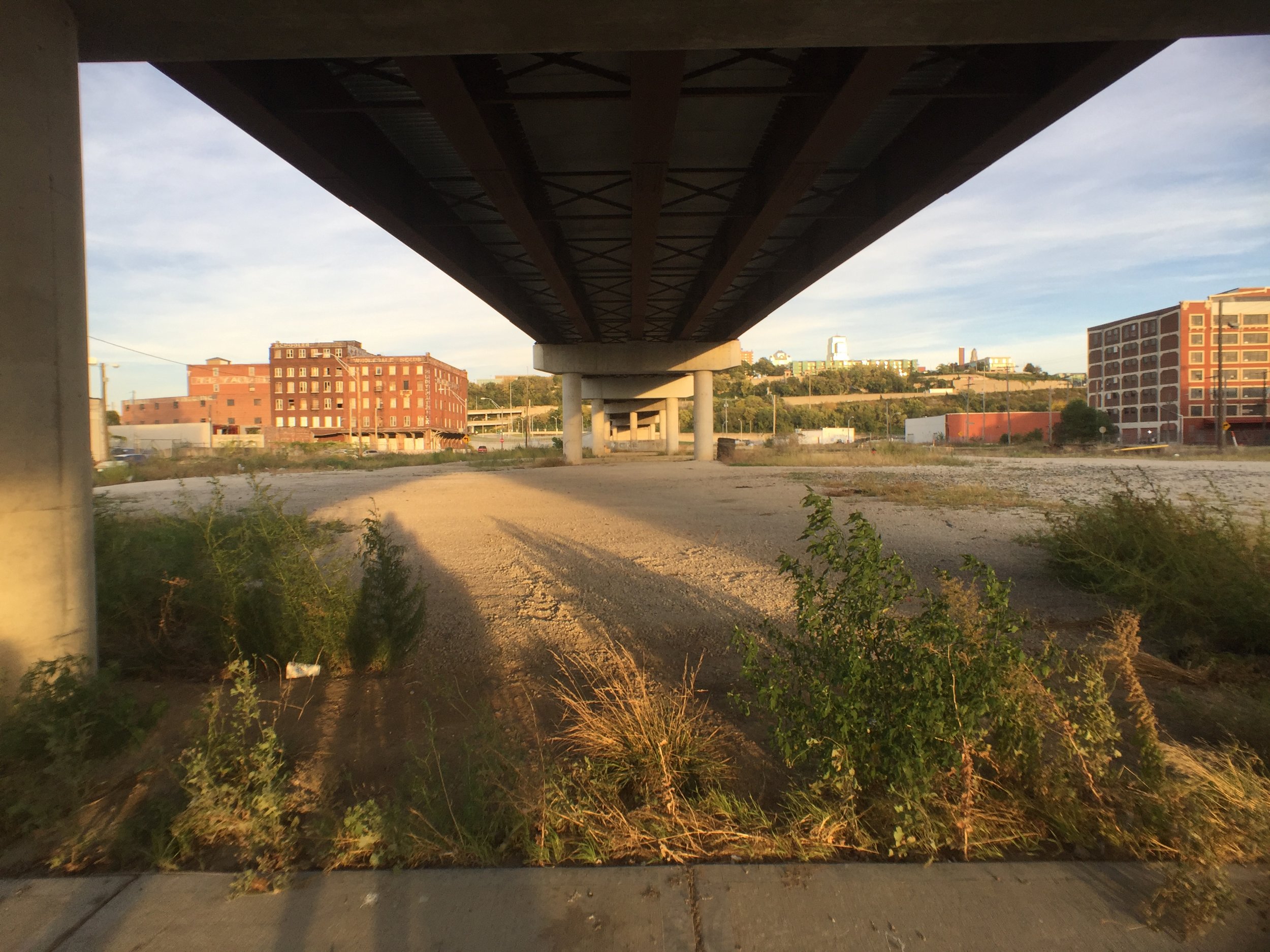It's difficult to fathom that the Scarritt Renaissance Vision Study project is drawing to a close, but the last few weeks have indicated that it's true: third professional review, a public meeting with Scarritt residents, and preparations for the next project have all signaled the impending conclusion to the project.
Students have spent the past few weeks fleshing out and honing down designs for four different sites within the Scarritt Renaissance neighborhood. They range from small single-family infill projects to multi-story mixed-use complexes, all heavily considering the previous research and feedback from the neighborhood. Before presenting their designs to the neighborhood, the students did a practice run with design professionals -- some of them alumni of KCDC.
The feedback they get from professionals is very different than the feedback they'll get from residents. Professionals, who have an eye for design and process, tend to see the spaces and functionality of a design; Residents, who have insight on the inner workings of their neighborhood, tend to ask how the design will affect them or their neighborhood. Both aspects are incredibly important to creating a successful building, which is why KCDC held a public meeting at the North East Public Library to present their designs and ask Scarritt residents what their thoughts were on the project.
While the students have been working tirelessly on the Scarritt Renaissance project, they've also been simultaneously starting the early phases of their next project, which will be focused on the West Bottoms. In order to learn more about this industrial and historic area, the students have been touring the grounds alongside local artist James Woodfill. Further, they listened in on a public meeting led by Phronesis and KEM Studios on their proposals for an improved streetscape and wayfinding system in the West Bottoms, focusing on green infrastructure and contextual design.
Back at KCDC, another guest lecturer spoke on a unique yet logical approach to urban infrastructure. Martin Felsen of UrbanLab presented Bowling, which is an ecological approach to design that utilizes the shape of a bowl to collect, clean, and channel water systems. The bowl can be at the scale of a small outdoor space or at a region-wide scale to address water flows. The concept has already been applied to projects and cities, such as Changde, China.
Our open house event on December 8th at 5pm will open up our doors to the public to showcase the finished designs for the Scarritt Renaissance Vision Study. Come and join us for refreshments and good design talk!
Soon after, the students will embark on their much-anticipated trip to Portugal. In Lisbon they will tour with and learn from Gonçalo Byrne, an accomplished Portuguese architect and the 2016 KSU Regnier Chair. Following their return, you can anticipate seeing many beautiful photographs of their trip that'll just make you jealous :)







